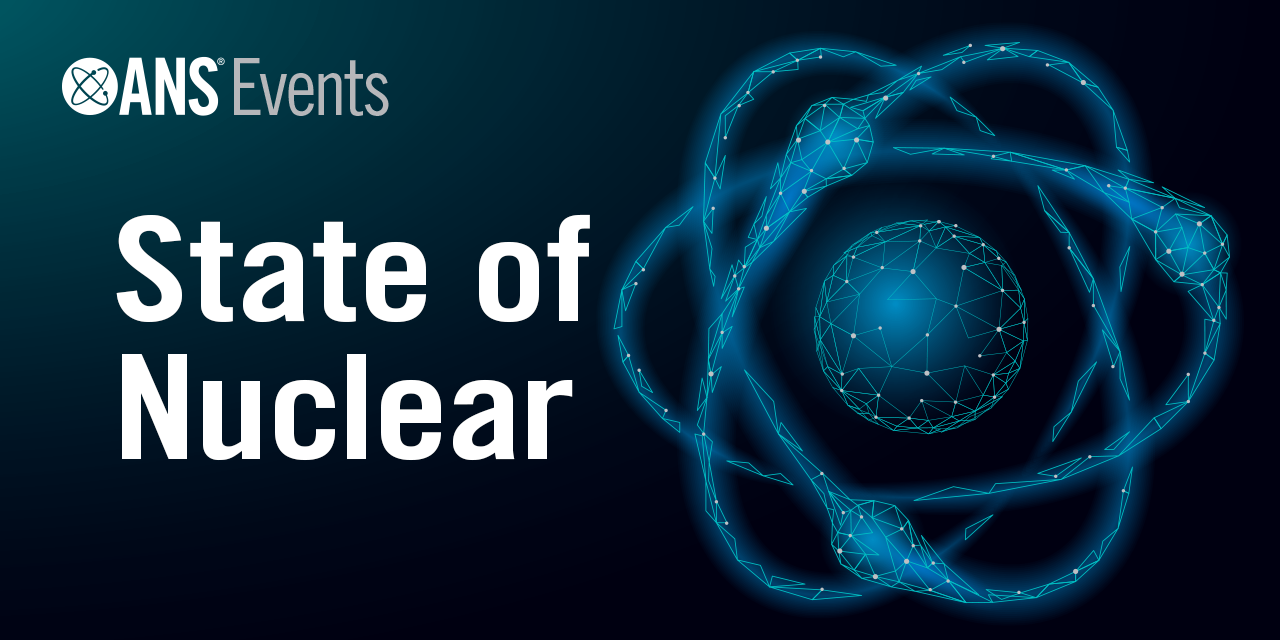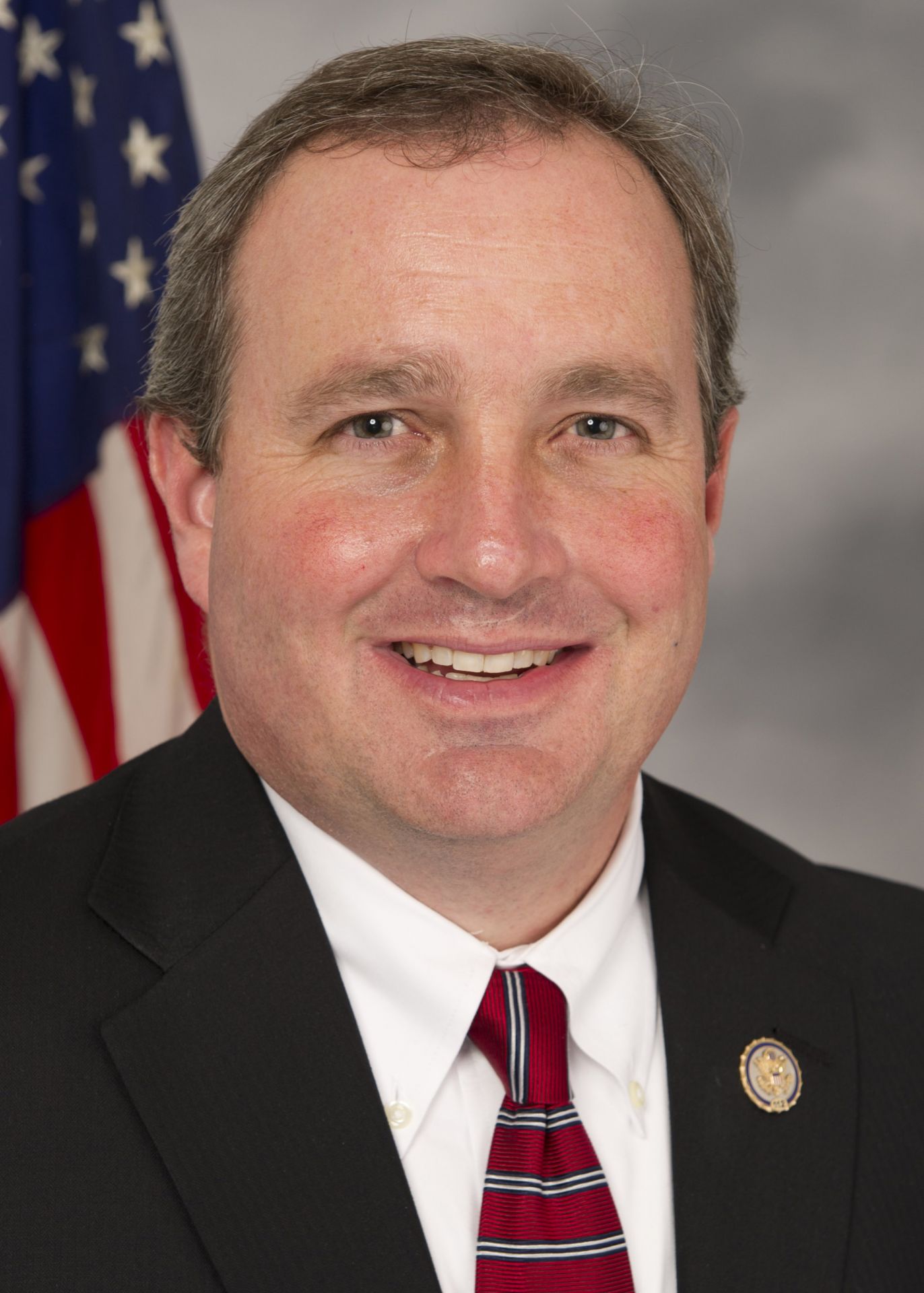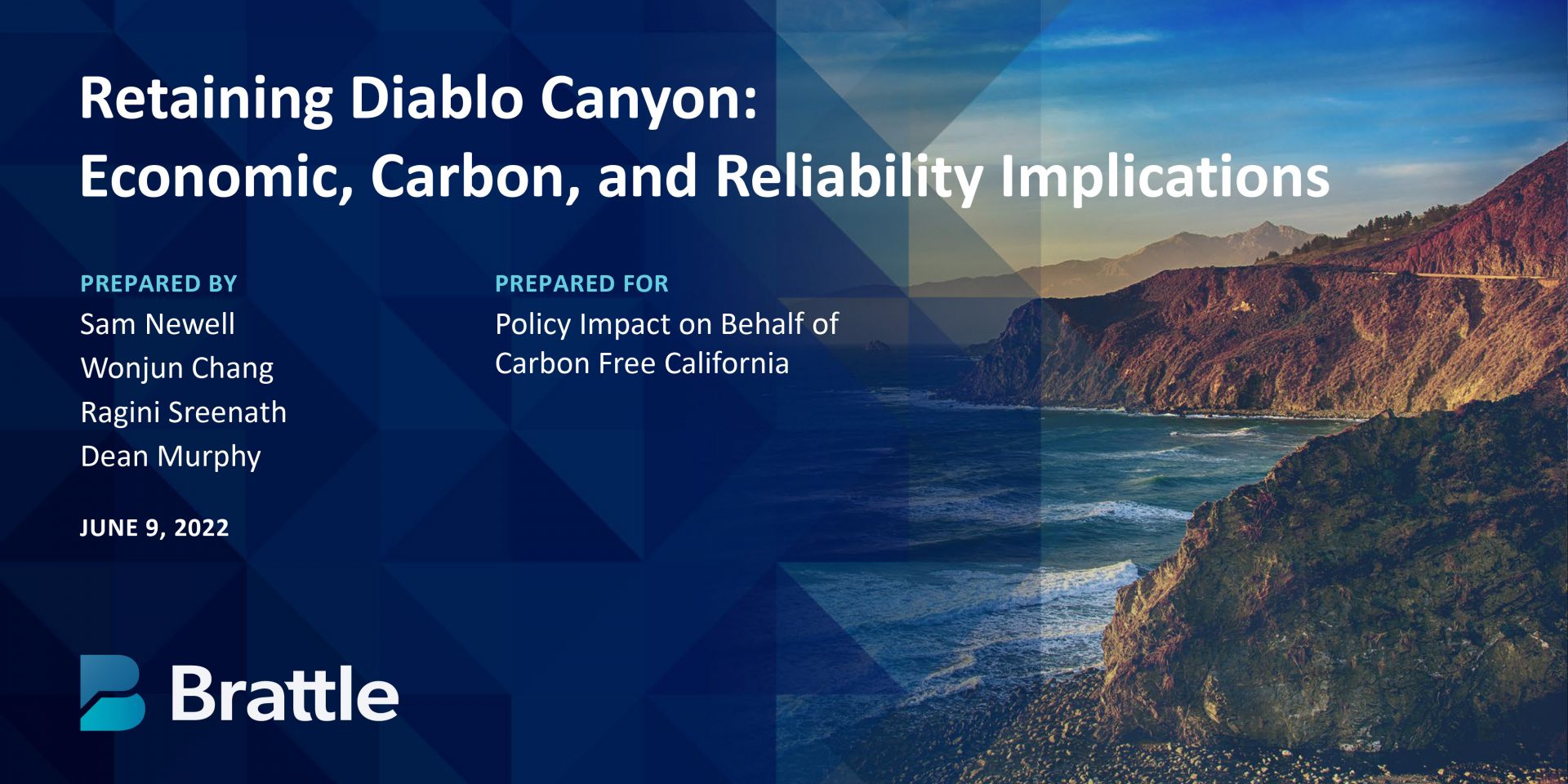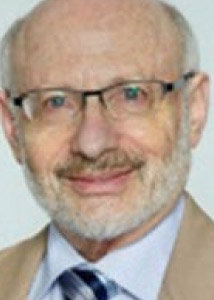Poneman interview covers range of nuclear issues
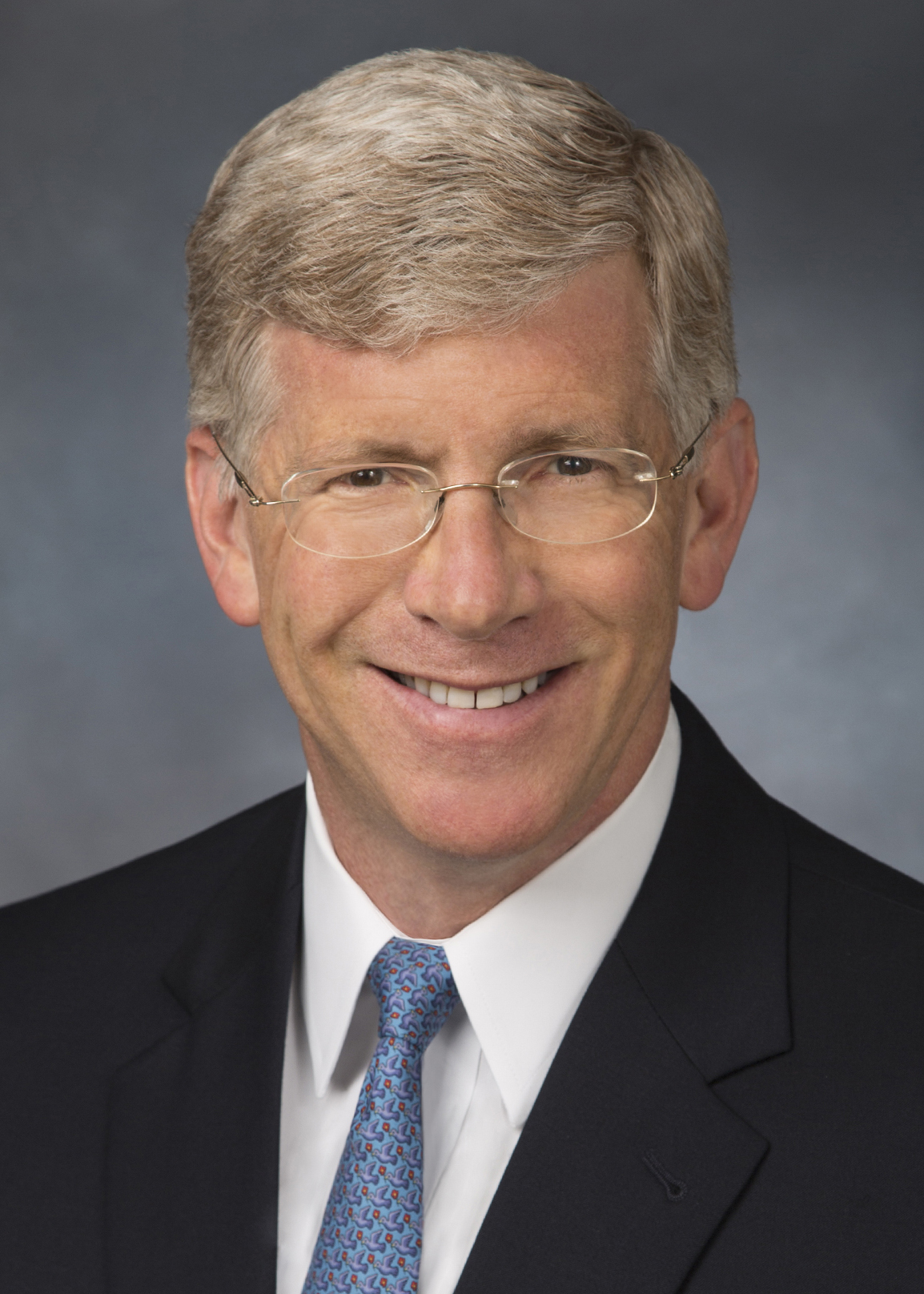
Poneman
The Harvard Gazette recently featured an interview with Daniel Poneman, former president and chief executive officer of Centrus Energy and former deputy secretary of energy. In the interview, Poneman offered his views on the “comeback” of nuclear power, artificial intelligence, safety and security issues, advanced reactors, climate change goals, and other issues of interest to the nuclear energy industry.
Climate, demand, hyperscalers: In the article, Poneman explained the nuclear comeback in terms of the converging concerns about climate change and electricity demand, as well as the issue of “hyperscalers.”



